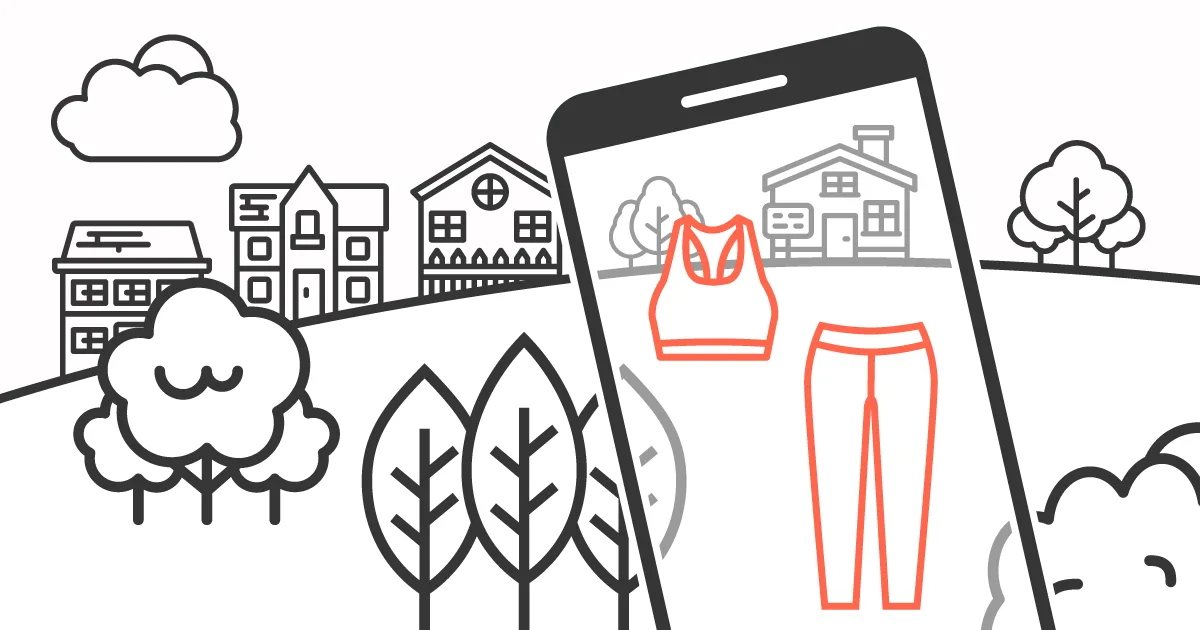What’s happening?

The data doesn’t lie, our lives revolve around our smartphones. Of all time spent with digital media in the US, 71% comes from a mobile device.[1] US adults are spending 5 hours a day on their devices[2] and more than half are turning to their mobile devices first for anything they do online.[3] Chances are, you’re reading this very newsletter on your mobile device right now.
For us as marketers, this requires a new way of thinking. The focus of our brand efforts moving forward should cater to the exponential growth of consumers who now use smartphones as their first – and many times only – device.
But it’s not that simple. More and more consumers are installing ad-blockers (We recently came across one that replaces all ads with cute cat pictures. The internet never lets us down.) and the effectiveness of banner ads has dwindled to a mere .13% click-through rate.[4] Today’s consumers expect more from brands and advertising and Camp + King has a few thoughts on navigating this goliath of a media channel.
Optimize creative for Mobile
Rather than simply repurposing versions of existing assets that were developed and optimized for other platforms, creative that will live on mobile needs its own customized format. Research shows that units developed from the ground up for mobile, like six-second ads and vertical video, have been successful for advertisers, scoring higher on brand attributes: relevant, modern, and innovative.[5]
With nearly 60% of today’s total digital ad budgets going to video [6], let’s start there. Here are some ways you can be strategic with the vertical screen:
Split your screen
Dividing up the vertical space can create more opportunities for you to tell your story in newly arranged ways. You can split your screen in half or create a grid to show different angles or multiple products or stories at the same time.Animate your ideas
Experiment with animation to delight viewers through 2D, 3D, stop-motion or motion graphics. Animations are a great way to capture attention and bring ideas to life.Play with design and type
Stacking type in an eye-catching way can hook viewers and bring them into your story. Using overlays can also add texture and dimension to your videos.

Experiment with new formats
It’s hard to ignore the high reach of the mobile-web and ad-tech vendors are always exploring new ways to make display media more interesting and engaging on mobile. Think about experimenting with new formats as a way to breathe new life into this media. Here are a couple that caught our eye:
Augmented Reality
The major challenge the AR industry has always faced is creating an environment of scale. Blippar has introduced a unit that offers web-based AR experiences natively within the device browser. Early executions are seeing 30% greater engagement rate and more than 11× the dwell time.[7] Check out this one from Jaguar Land Rover that gives users an “inside” look into the new car using AR.Mobile Web Stories
Popularized by Snapchat and Instagram, the “story format” lets users click through multiple videos or images in one post. To bring this familiar behavior to the broader web, PadSquad introduced a unit that behaves just like a story on Instagram would so that brands can create richer content. Early adopters like Clorox and Ben and Jerry’s have seen engagement rates rise by 400% and 11x the time spent with the ad.[8] Check out those examples here.
Understand your customer’s journey
Most importantly, when planning your strategy on mobile, think through the customer journey carefully and completely. Mobile will undoubtedly play a role in multiple phases but understanding your consumer’s mindset, behavior, and intent will uncover how and where you can strategically reach people on their device.
For example, beauty shoppers spend 80% of the purchase journey in pre-search phase[8] and brands like Glossier and Milk Cosmetics knew their target was killing time on their smartphones during their commute. Both brands have successfully built brand awareness through Instagram influencers and promoted product-education content that reaches their on-the-go target during these key moments. Additionally, Starbucks knew that most of their mobile loyalty program customers came in the morning vs. the afternoon, so this summer they began running promotions in the app specifically for afternoon store visits.
By understanding the customer journey, these brands have found ways to reach their customers on mobile at key moments along the way.
What does it mean?
The rise of mobile has forced us to change the way we approach building brands and telling stories in advertising. But change doesn’t have to be scary, or limiting. The mobile screen may be small but the opportunities to reach and engage our consumer in new ways are mighty.

